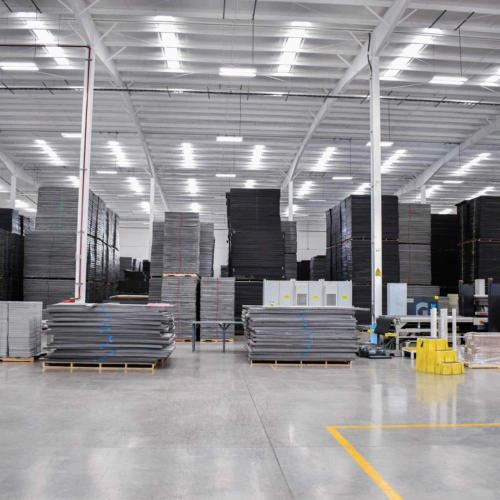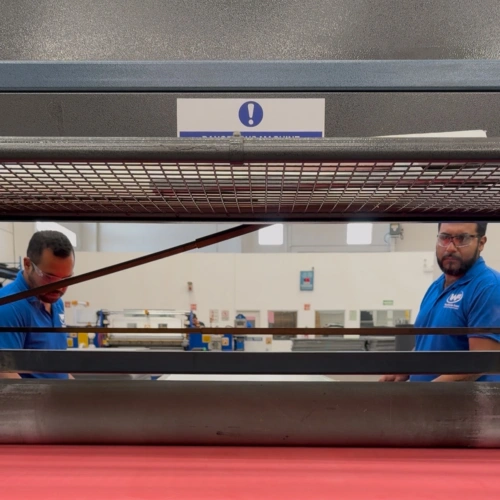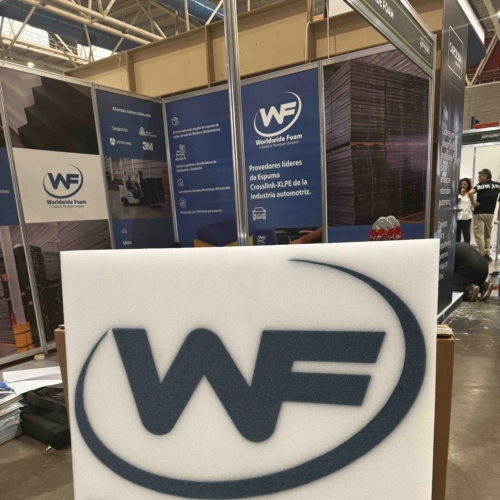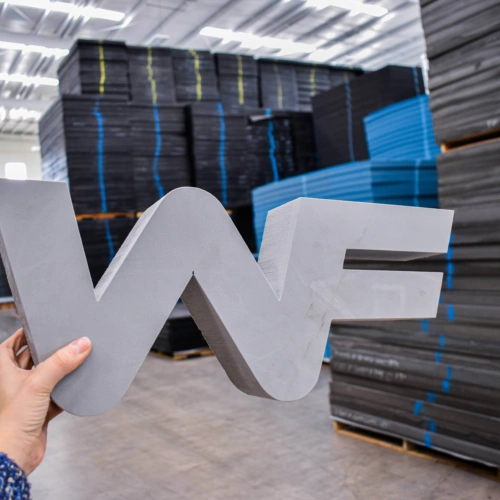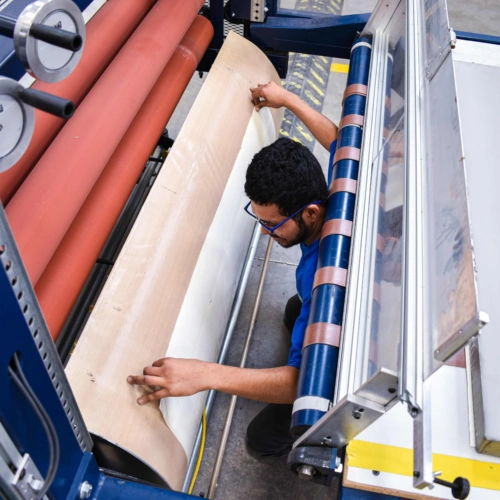| September 23, 2024
In today's world, logistics efficiency is critical for maintaining competitiveness across industries. Every day, companies worldwide are looking for ways to optimize their processes to cut costs and ensure the safety of their products during transport.
One of the most effective solutions for safe and efficient packaging is polyethylene foam. In this blog post, we’ll explore how polyethylene foam plays a vital role in boosting logistics efficiency and why it’s an ideal choice for packaging delicate or bulky items.
What Is polyethylene foam packaging?
Polyethylene foam is a highly versatile protective material used across various industries. Lightweight, durable, and flexible, it’s an excellent choice for protecting products during transportation and storage.
This foam is made from expanded polyethylene, a polymer that offers unique benefits such as impact absorption, moisture resistance, and long-lasting durability.
Benefits of polyethylene foam in logistics
Using polyethylene foam for packaging has revolutionized logistics by providing numerous benefits that directly enhance process efficiency. Let’s explore some key advantages:
Reduced damage during transport
One of the main challenges in logistics is minimizing damage to products during transit. Thanks to its cushioning properties, polyethylene foam absorbs impacts, vibrations, and shocks that occur during handling and transportation.
This helps ensure products arrive at their destination in perfect condition, reducing the number of returns and the costs associated with damaged goods.
Space-saving and cost reduction
Polyethylene foam can be cut and molded to fit the exact shape of a product. This allows for more compact packaging, optimizing the space within boxes and containers. As a result, more products can be shipped in a single load, reducing both transportation and storage costs.
Protection for products of all shapes and sizes
Another key benefit of polyethylene foam is its flexibility. It can accommodate a wide range of product shapes and sizes, from delicate electronics to large, bulky items. This versatility ensures that each product receives the proper protection, regardless of its physical characteristics.
Lightweight material reduces shipping costs
The weight of packaging materials significantly impacts shipping costs, especially for international or high-volume shipments.
Polyethylene foam is extremely lightweight, which helps reduce overall package weight without sacrificing product protection. This lowers shipping costs and allows companies to stay competitive in the global marketplace.
Moisture and aging resistance
Polyethylene foam not only protects against physical impact but also offers resistance to moisture. This is particularly important in industries where products may be exposed to humid environments or temperature fluctuations during transport or storage.
Additionally, the foam’s durability ensures that protective packaging remains effective over long periods, adding value to long-term logistics operations.
How to select polyethylene foam for packaging
When choosing polyethylene foam for packaging, it’s essential to consider the specific characteristics of the product being protected. Factors such as weight, size, fragility, and the environmental conditions the product will face play a role in determining the appropriate foam density and type.
Packaging solution providers like Worldwide Foam offer expert advice to help customers choose the best type of foam for their specific protection needs.
How polyethylene foam contributes to safe packaging
Safe packaging goes beyond simply protecting products from external impacts. Effective packaging ensures that products arrive at their destination in the same condition they were shipped—free from visible or internal damage.
Polyethylene foam provides peace of mind with its ability to absorb impacts without easily deforming. Its capacity to return to its original shape after compression ensures that products stay protected throughout their journey.
Polyethylene foam and logistics efficiency
Incorporating polyethylene foam into the logistics process not only enhances product safety but also optimizes overall logistics operations. By minimizing damage and reducing product returns, companies save time and money, allowing them to focus on increasing productivity and improving customer service.
Additionally, the lightweight and efficient nature of polyethylene foam reduces the time required to prepare shipments, streamlining the packaging process.
This leads to faster delivery times and greater customer satisfaction. Polyethylene foam packaging is therefore a crucial tool for improving efficiency in modern logistics.
Its ability to protect products of various sizes and shapes, combined with its lightweight and moisture-resistant properties, makes it an ideal choice for companies looking to optimize their packaging processes.
By lowering costs, enhancing product safety, and supporting secure packaging, polyethylene foam is an essential asset in the supply chain. Implementing solutions like this benefits companies by improving operational efficiency while also enhancing the customer experience, ensuring products arrive in pristine condition.
Worldwide Foam
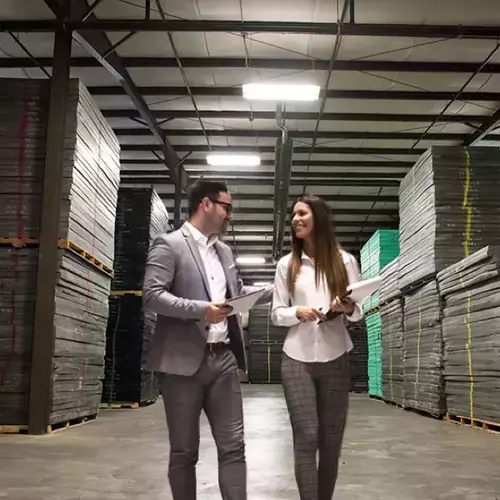
We are leaders in the supply of closed cell polyethylene foam in Mexico. We support various industries by offering a wide range of products and complementary services.





